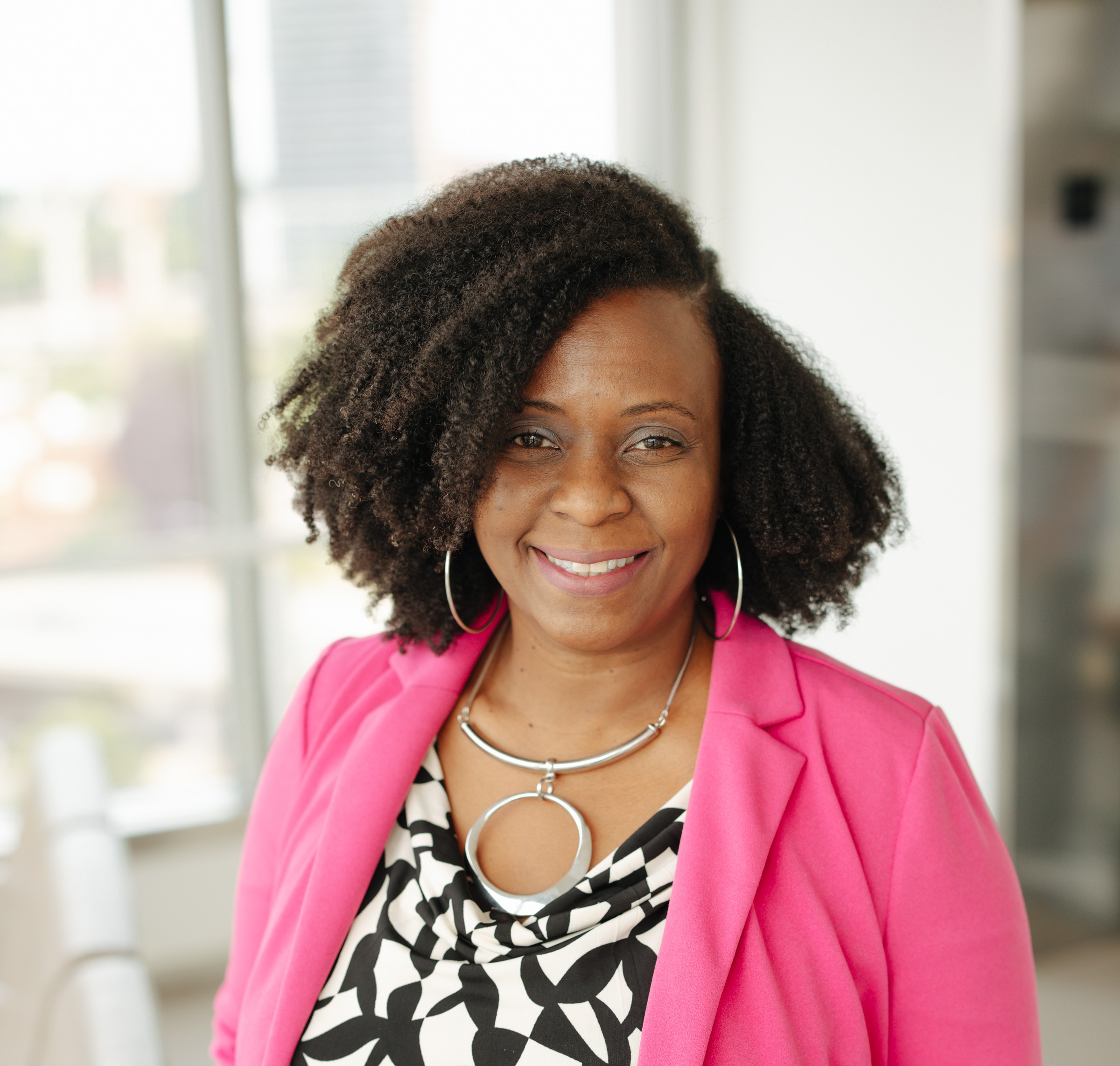- Home
- About Us
- The Team / Contact Us
- Books and Resources
- Privacy Policy
- Nonprofit Employer of Choice Award

Growing up, I remember hearing my grandmother talk about “leaving blessings,” not “leaving money.” It wasn’t until years later, working in fundraising, that I realized—she was talking about legacy giving long before she had the language for it.
Legacy is more than a line in a Will—it’s an expression of who we are, where we come from, and what we value most.
Yet for all its emotional and cultural depth, the charitable sector still tends to approach legacy giving through a “one-size-fits-all” lens.
And let’s be honest—when it comes to legacies, “one size fits all” has never looked good on anyone.
If philanthropy is storytelling, then it’s time we expanded the cast.
The cultural lens of legacy
Across Canada’s diverse communities, attitudes toward inheritance, death and giving are shaped by centuries of belief and tradition.
In some cultures, discussing a Will is taboo—seen as inviting misfortune. In others, legacy is communal, guided by faith, family duty or a deep sense of gratitude to the places that shaped one’s journey.
A Caribbean grandmother might see her Will as a way to bless future generations, while a South Asian entrepreneur may view charitable giving as seva—an act of spiritual service. An Indigenous donor might frame legacy around stewardship of land and future kin.
Understanding these nuances isn’t a side note to fundraising—it’s the cornerstone of trust.
The cost of one-size-fits-all
We’ve all seen it: the same brochure, the same stock photo of two smiling seniors, and the same headline: “Leave a gift in your Will to make a lasting impact.”
The message is well-intentioned, but it often misses entire audiences.
For newcomers, first-generation Canadians, or families balancing obligations here and abroad, that language might not resonate. The desire to give may be strong, but the entry point must feel culturally relevant and emotionally safe.
No amount of perfectly worded brochures will convince someone who believes “talking about Wills invites trouble.” Sometimes, we have to change both the message and the messenger.
By reimagining how we communicate—through stories, faith connections, or community dialogue—we create space for legacy giving to flourish in places it’s rarely been invited.
A moment from the field
I once met a woman who refused to talk about Wills. “Why would I invite death to dinner?” she said, half-joking but entirely serious.
When I reframed the conversation—not about death, but about legacy, about love, gratitude, and what she wanted her story to say—everything shifted. That was the day I realized legacy giving isn’t about end-of-life planning. It’s about life-affirming storytelling.
Representation builds relevance and relevance builds response.
Practical strategies for fundraisers
1. Listen before you ask.
Start with curiosity: “What does legacy mean to you?” instead of “Would you consider a gift in your will?” This one question changes everything.
2. Localize your storytelling.
Showcase donors from different communities, ages, and languages. Let your materials reflect the Canada we actually see — diverse, dynamic, and proud of its roots.
3. Partner with trusted voices.
Faith leaders, cultural organizations, and advisors can bridge understanding and normalize conversations about legacy giving in ways fundraisers alone cannot.
4. Adapt your materials.
Review your visuals, tone, and translations. Does your language feel inclusive and authentic, or transactional and technical? (If it sounds like it came from a tax brochure, it probably did.)
5. Celebrate shared values.
Across every culture, generosity, gratitude, and family are universal. Anchor your message there. Legacy giving is about belonging—not bureaucracy.
The future of philanthropy is multilingual
As Canada’s demographics evolve, so must our approach. Culturally responsive legacy giving isn’t just inclusive—it’s strategic.
Legacy giving thrives when it reflects the lived experiences, languages, and worldviews of the people we serve. By honouring the mosaic of beliefs and traditions that shape how people give, fundraisers can unlock deeper relationships and build legacies as diverse as the donors who create them.
Because legacy isn’t about the size of a gift—it’s about the story we leave behind.
And the best stories?
They’re never written in just one language.
 Rhonda Sogren is the Associate Director of Legacy and Planned Gifts at North York General Foundation and Co-Chair of the CAGP Education Committee for the GTA Chapter. With over a decade of fundraising experience — including eight years dedicated to legacy gifts — she is passionate about elevating diverse voices in philanthropy and advancing culturally inclusive approaches to estate and legacy planning. Rhonda frequently presents and writes on the intersection of culture, identity, and giving. rhonda.sogren@nygh.on.ca
Rhonda Sogren is the Associate Director of Legacy and Planned Gifts at North York General Foundation and Co-Chair of the CAGP Education Committee for the GTA Chapter. With over a decade of fundraising experience — including eight years dedicated to legacy gifts — she is passionate about elevating diverse voices in philanthropy and advancing culturally inclusive approaches to estate and legacy planning. Rhonda frequently presents and writes on the intersection of culture, identity, and giving. rhonda.sogren@nygh.on.ca